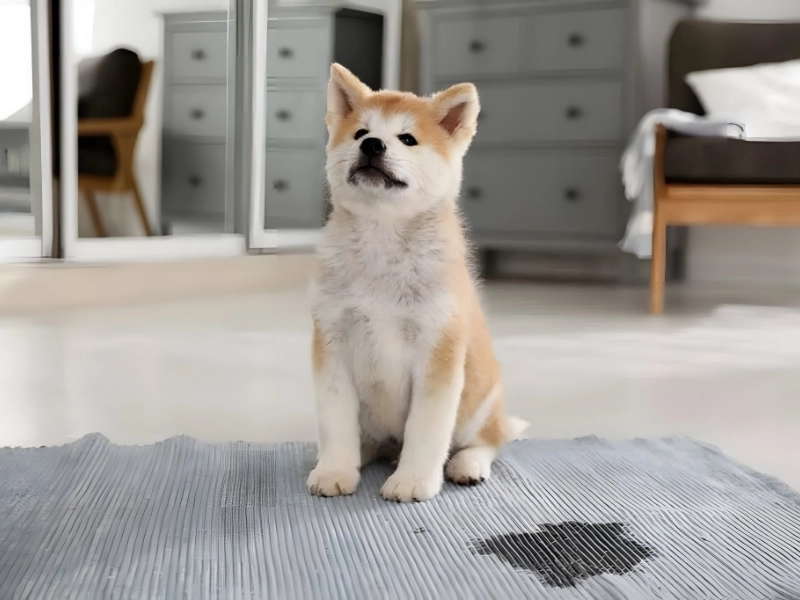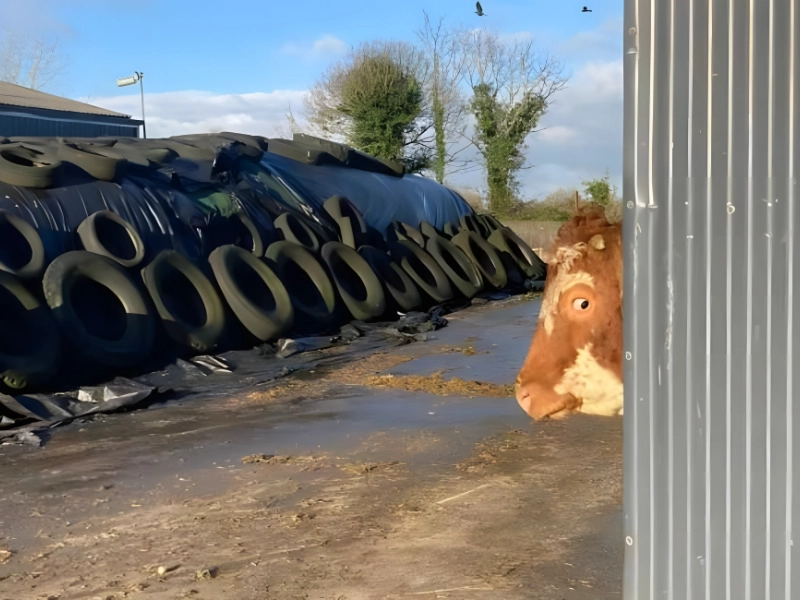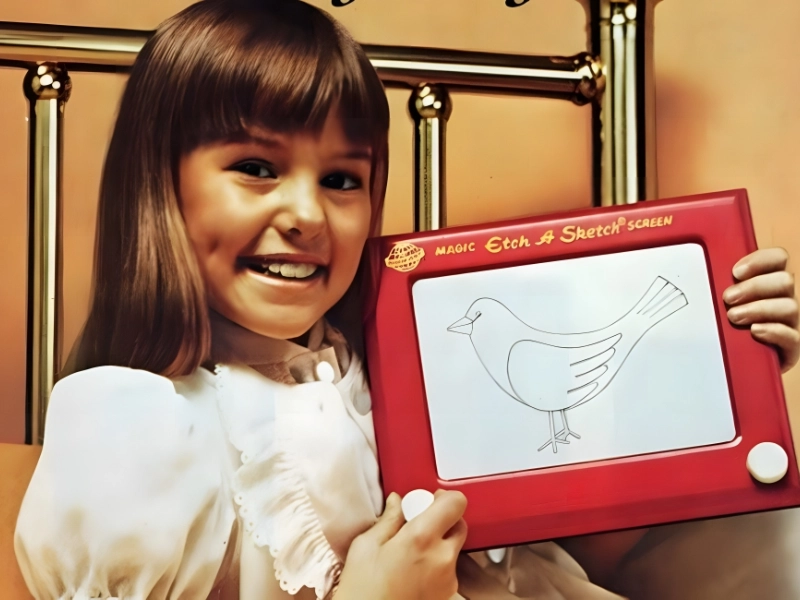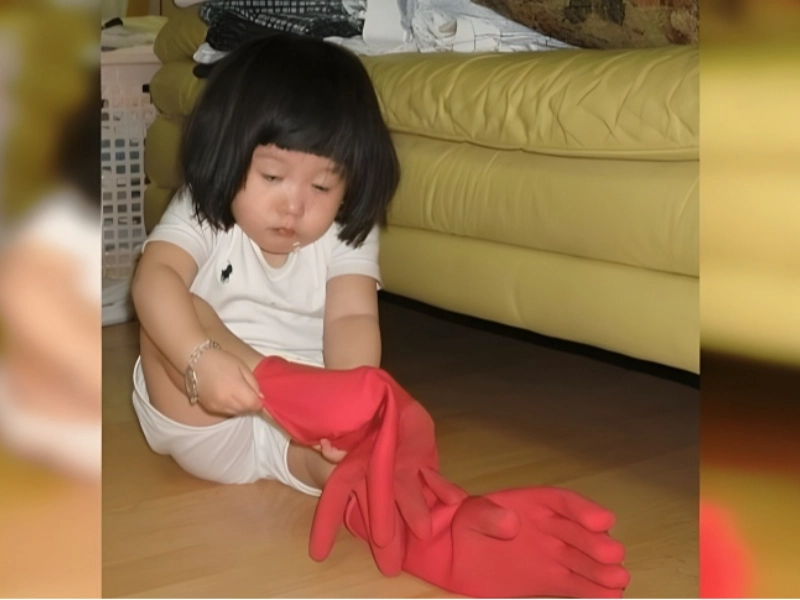The Hidden Danger Every Dog Parent Needs to Know
Identifying Indoors
Understanding Indoor Marking Behavior in Dogs Recognizing the Signs: Interior Decorating: If you notice pee stains on walls, chairs, or other vertical surfaces, it’s likely that your dog is marking their territory. Normal Behavior: Territorial Instincts: Marking indoors is a common behavior, especially among intact males who are instinctively protecting their territory from perceived intruders. Responding Appropriately: Avoid Punishment: Instead of reacting with “Bad dog!”, understand that this behavior is natural for dogs. Tips for Managing Marking Spay/Neuter: Consider spaying or neutering your dog, which can reduce marking behavior in many cases.
Clean Thoroughly: Use enzymatic cleaners to remove urine odors completely, as lingering scents can encourage repeat marking.
Provide Outdoor Opportunities: Ensure your dog has ample opportunities to relieve themselves outside, reinforcing appropriate bathroom habits.
Consult a Professional: If marking persists, consider consulting a trainer or behaviorist for tailored strategies.
Conclusion Understanding that indoor marking is a natural behavior can help you respond more effectively and create a positive environment for both you and your dog. With patience and proper management, you can minimize this behavior and maintain a clean home.

Effective Strategies for Reducing Indoor Marking in Dogs Intensive House Training: Focus on Training: Consistent and intensive house training can significantly reduce the impulse to mark indoor areas. Neutering: Behavioral Impact: Neutering can help diminish marking behaviors, particularly in intact males. Supervision and Access Control: Watchful Eye: Keep a close watch on your dog, or limit their access to areas where marking has occurred when you’re not around. Redirecting Behavior: Immediate Action: If you notice unusual sniffing behavior, redirect your dog outside immediately to reinforce appropriate bathroom habits. Thorough Cleaning: Odor Elimination: Use enzymatic cleaners to thoroughly remove any lingering odors, as these can encourage repeat marking. Long-Term Solutions Consistent Routine: Establish a regular bathroom routine to help your dog understand when and where it’s appropriate to relieve themselves.
Positive Reinforcement: Reward your dog for going outside and not marking indoors to reinforce good behavior.
Patience and Persistence: With time, supervision, and consistent training, even the most devoted indoor sprayers can learn to adapt to a calm, pee-free household.
Conclusion By implementing these strategies, you can effectively manage and reduce indoor marking behaviors, creating a more harmonious living environment for both you and your dog.









